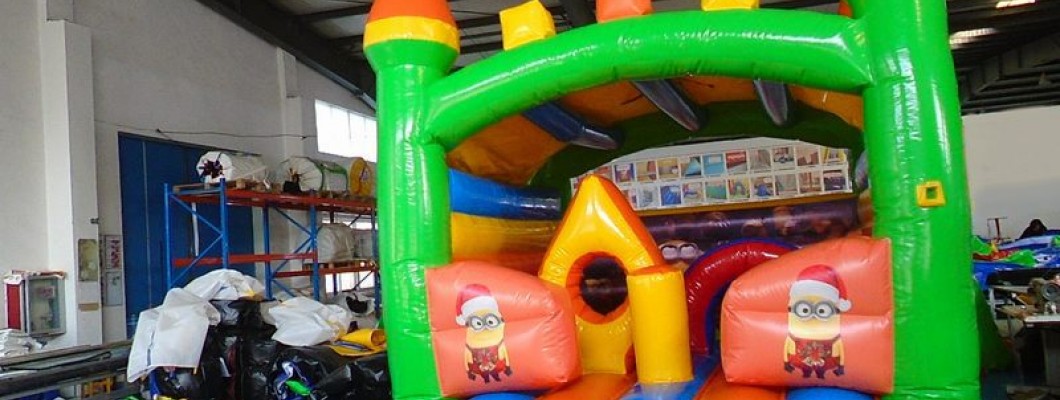
Installing a jumping castle on your own can be a cost-effective and convenient option for events and parties. However, there are several important considerations to ensure that the setup is safe and successful. This guide will walk you through the key points to know before you attempt to install a jumping castle by yourself.
1. Site Selection
The location where you set up the jumping castle is crucial. Choose a flat, open area free of obstacles such as trees, power lines, and sharp objects. The ground should be firm and level to ensure stability.
2. Necessary Equipment
You will need the following equipment to install a jumping castle:
- Electric Blower: This is required to inflate the castle. Ensure you have access to a power source.
- Anchoring Tools: Stakes, sandbags, or water barrels are needed to secure the castle to the ground.
- Ground Sheet: A tarp or ground sheet can help protect the base of the castle from damage and dirt.
- Safety Mats: Placing safety mats at the entrance and exit points can prevent injuries from falls.
3. Setup Instructions
Always follow the manufacturer’s instructions for setting up the jumping castle. These guidelines will include steps for inflating the castle, securing it properly, and ensuring it is safe for use. It’s important not to skip any steps, especially those related to safety.
4. Proper Anchoring
Proper anchoring is critical to prevent the castle from shifting or being blown away by wind. Use the correct type of anchors for the ground surface—stakes for soft ground and sandbags or water barrels for hard surfaces. Make sure all anchor points are securely fastened.
5. Wind and Weather Considerations
Check the weather forecast before setting up the castle. Avoid setting up in windy conditions, as strong winds can make the castle unsafe. The maximum wind speed for safe operation is usually around 15-20 mph (24-32 km/h). If the weather is unpredictable, it’s better to delay setup.
6. Supervision and Safety
Once the castle is set up, continuous supervision is required. Ensure that someone is always present to monitor the children and the structure. Set rules for the number of users and their behavior inside the castle to prevent accidents.
7. Maintenance and Inspection
Before and after use, inspect the jumping castle for any signs of wear and tear, punctures, or damage. Regular maintenance will extend the life of the castle and keep it safe for repeated use.
Conclusion
Installing a jumping castle on your own is feasible with the right preparation and equipment. By carefully selecting the site, following setup instructions, ensuring proper anchoring, and considering weather conditions, you can create a safe and fun environment for everyone. Always prioritize safety and take your time during the installation process.
